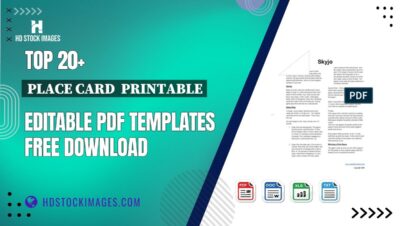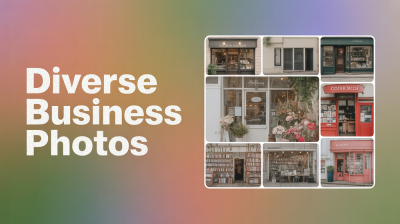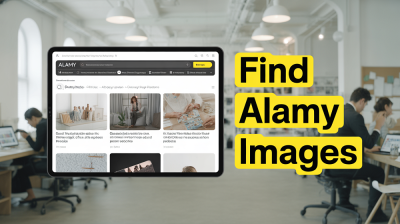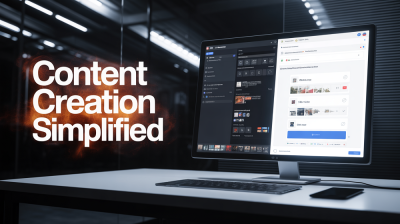Stock photos are everywhere, right? You see them on blogs, websites, even those slick ads on Instagram. But finding High-Quality stock photos that don’t cost a fortune? That’s a challenge. I’m a freelance blogger, and let me tell you, I’ve wasted hours (and some cash) trying to find images that look professional without emptying my wallet. I’ve made mistakes, like signing up for overpriced subscriptions or grabbing blurry pics from shady sites. So, how do you get great stock photos on a budget? Here’s my story, with some tips and tricks I’ve picked up along the way.
Why Do Stock Photos Even Matter?
Okay, why bother with stock photos? Can’t you just use your phone camera? Sure, you could, but unless you’re a photography pro, your snaps might not cut it for that polished look. Stock photos are a godsend for bloggers, small biz owners, or anyone needing visuals that scream Quality. They grab attention, set the mood, and make your content pop. But here’s the problem: some stock photo sites charge way too much. How do you get awesome images without spending a ton? Let’s figure it out.
Also Read This: What Are the Top 5 Underrated Tools for Finding Free Stock Images in 2025?
My Journey to Find Cheap Stock Photos
A couple years back, when I kicked off my blog, I thought all stock photos were the same. Big mistake. I signed up for a fancy site that cost me $35 a month for credits I barely used. Half the photos looked like they belonged in a cheesy office ad. I wanted images that felt real, not staged. After some trial and error (and a few bucks down the drain), I learned how to find High-Quality stock photos without going broke. Here’s what I’ve figured out.
1. Free Stock Photo Sites Are a Lifesaver
Did you know you can get High-Quality stock photos for free? I didn’t at first. Then I found sites like Unsplash, Pexels, and Pixabay. These places have thousands of images you can use for free, even for business stuff. No catch, usually - just double-check the license to be sure.
Here’s a quick table of my favorite free stock photo sites:
Site | What’s Great | What’s Not So Great |
|---|---|---|
Unsplash | Gorgeous, artsy photos; tons of variety; no need to credit the artist | Hard to find super specific images sometimes |
Pexels | Clean, pro-looking images; has videos too; easy to search | Some pics can feel a bit too generic |
Pixabay | Huge library; includes illustrations; no signup needed | Quality’s hit or miss; some images look old-school |
My Story: Unsplash is my favorite for blog headers because the photos are so vibrant. Once, I needed a cozy coffee shop pic for a post about working from home. Unsplash had so many options, I found the perfect one in like five minutes. Pexels came through when I needed a quick video for a client’s social media ad. Free sites are amazing if you know where to look.
2. Try Freemium Sites for More Choices
What if free sites don’t have what you’re after? That’s where freemium sites like Shutterstock or Adobe Stock come in. They’ve got free images, but their paid ones are affordable too. I was skeptical at first - paid photos? Pass! But then I found out about free trials and cheap plans. Shutterstock sometimes gives you 10 free downloads with a trial, and Adobe Stock has something similar.
My Tip: Sign up for a trial when you’ve got a project lined up. Download as many images as you can, then cancel if you don’t need more. But don’t forget to cancel - I got stuck paying for an extra month once. Ouch.
3. Are Subscriptions Worth It?
Subscriptions can feel like a scam, but they’re not always bad. Sites like Canva Pro and Envato Elements let you download unlimited stuff for a flat fee. I’ve been using Canva Pro for $12.99 a month, and it’s a game-changer because it’s not just photos - you get templates, fonts, and editing tools too.
My Experience: Last summer, I was building a website for a client’s online store and needed product mockups. Envato Elements had tons of options, and I grabbed everything I needed for $16.50 a month. Compare that to paying $10 per image elsewhere, and it’s a steal.
Here’s a short list of budget-friendly subscription sites:
Canva Pro: Perfect for newbies; tons of extras like editing tools.
Envato Elements: Great for photos, videos, and graphics.
Storyblocks: Cheap and good for both images and videos.
Question: Should you always get a subscription? Answer: Nah, not if you only need a few photos a month. Stick to free sites or one-time buys instead.
4. Look for Sales and Discounts
Who doesn’t love a deal? Stock photo sites often have sales, especially around holidays like Black Friday. I’ve snagged discounts on iStock and Depositphotos by waiting for the right moment. Also, check out AppSumo for lifetime stock photo deals. I once got 100 images for $49 - that’s less than 50 cents a photo!
My Trick: Follow stock photo sites on social media or join their email lists. They’ll send you coupon codes or flash sale alerts. Just don’t let your inbox get flooded - I’ve been there.
5. Dig Into Creative Commons and Public Domain
Ever heard of Creative Commons? It’s this cool system where photographers share their work for free, usually with a few rules. Sites like Flickr and Wikimedia Commons have tons of images under Creative Commons licenses. Sometimes you need to credit the photographer, sometimes not.
My Oops Moment: I once used a Creative Commons image without checking the license properly. Turns out, I had to give credit and didn’t. The photographer was nice about it, just asked me to add their name. Lesson learned: always check the rules!
6. Make Stock Photos Your Own with Editing
Sometimes stock photos look, well, too stock-ish. You know, too perfect or generic? That’s when editing saves the day. Tools like Canva, Photopea (a free Photoshop clone), or GIMP let you tweak photos to match your style. Change colors, add filters, or slap on some text to make them unique.
My Go-To Move: I took a free Pexels photo of a laptop and added my client’s logo in Canva. Took me 10 minutes, cost me nothing, and looked custom-made. Editing is how you make stock photos stand out.
7. Stay Away from Sketchy Sites
Not every stock photo site is legit. Some promise “free” images but come with risks like viruses or weird licenses. I downloaded a photo from a random site once, and my antivirus freaked out. Stick to trusted platforms to avoid trouble.
Quick Tips for Safe Sites:
Make sure the license is clear.
Check for user reviews.
If it seems too good to be true, it probably is.
8. DIY Your Own Stock Photos
Okay, this might sound crazy, but you can make your own stock photos on a budget. You don’t need a fancy camera - a good smartphone and decent lighting can do the trick. I started taking flat-lay shots of my desk for blog posts, and people love them. Apps like Lightroom Mobile (the free version) help you edit them to look pro.
Question: Can anyone make stock-quality photos? Answer: Totally! Watch a couple YouTube videos on phone photography, and you’re good to go.
Wrapping It Up
Finding High-Quality stock photos without spending a fortune is all about being smart. Mix free sites like Unsplash with cheap subscriptions like Canva Pro. Hunt for sales, edit photos to fit your vibe, and maybe even try shooting your own. My biggest lesson? Don’t jump into expensive plans without checking out free or low-cost options first. I’ve saved so much money this way, and my blog looks better than ever.
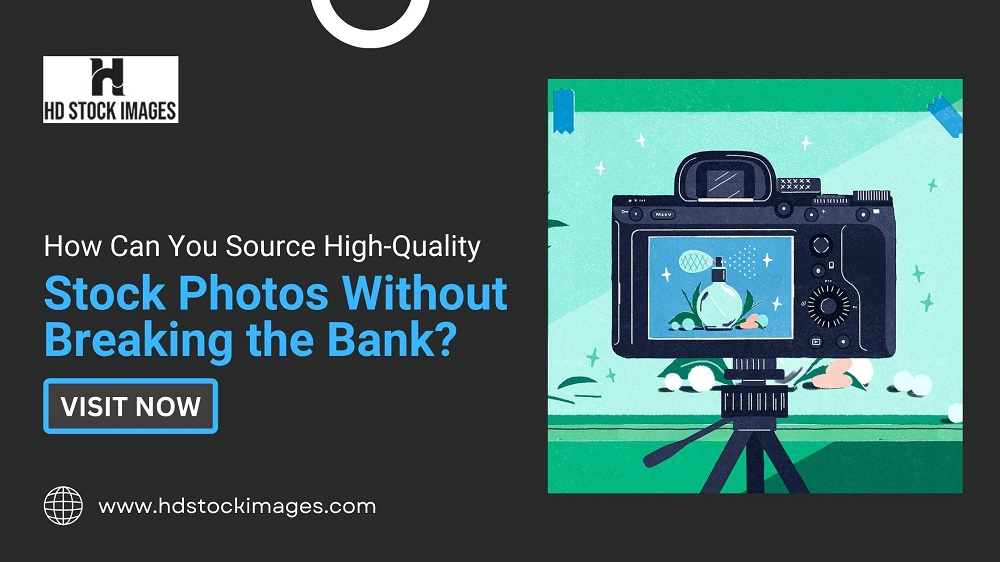
 admin
admin

